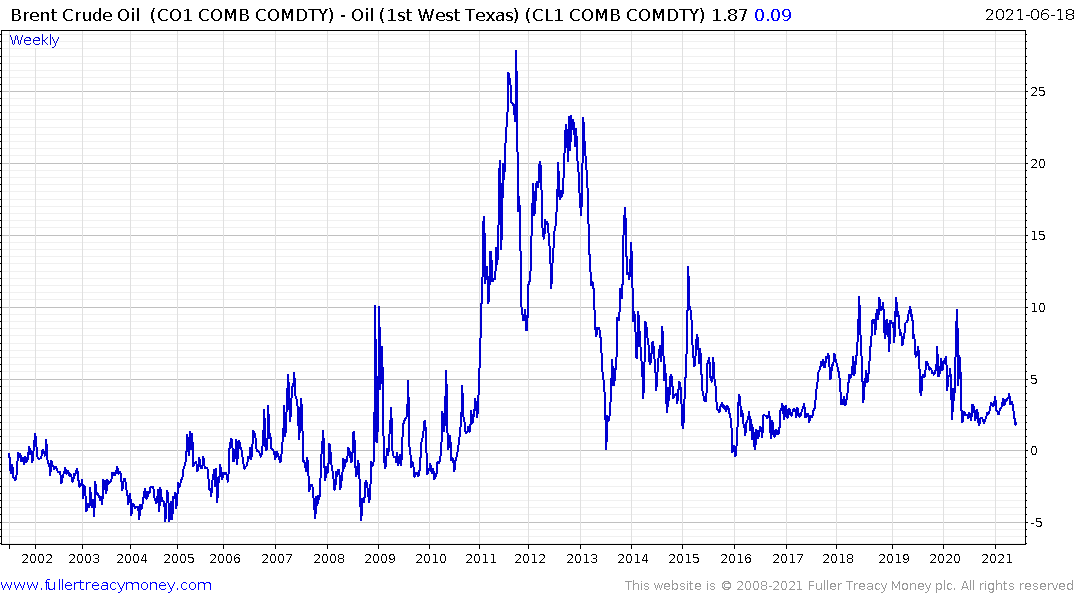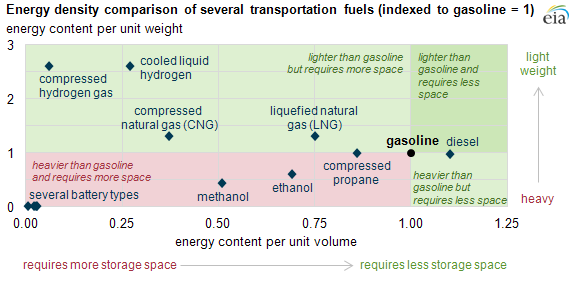Europe's Power Crunch Shuts Down Factories as Prices Hit Record
This article from Bloomberg may be of interest to subscribers. Here is a section:
Eoin Treacy's view -Electricite de France SA said last week it will halt four reactors accounting for 10% of the nation’s nuclear capacity, straining power grids already faced with the prospect of a spell of cold weather. At the beginning of January, almost 30% of France’s nuclear capacity will be offline, increasing the country’s reliance on gas, coal and even oil.
“If we have a very, very cold day, it could be problematic, especially if we have to import and our neighbors have problems as well,” said Paris-based Anne-Sophie Corbeau, a research scholar at the Center on Global Energy Policy at Columbia University. “This is the domino effect we need to fear. But electricity will be expensive, there’s going to be a cost to pay.”German power for next year jumped to a high of 335 euros a megawatt-hour, following a 25% rally on Tuesday, before slipping back. The French equivalent rose as much as 2.5% to record of 408 euros. Prices gained amid thin holiday trading even as gas declines. There was also speculation some traders may be closing short positions due to rising capital requirements from exchanges.
“The strength in the French market has been the main engine -- aside from gas prices -- of strength in neighboring markets, including Germany, in recent days,” said Glenn Rickson, head of European power analysis at S&P Global Platts.
“I also suspect that any big moves ahead of the run-up to Christmas have as much to do with the thinness of the market and traders needing to close short positions ahead of shutting down for the holidays as anything else.”
Soaring gas and power prices have already forced European utility giants from RWE AG to Uniper SE to boost liquidity requirements. Many smaller suppliers didn’t have the same option, with more than 20 going out of business in the U.K. alone.
Half of the UK’s energy traders/providers have gone out of business since the spike in natural gas prices began. The survivors will be the best capitalised companies that can ride out this volatility. They will also benefit in future from capturing market share during this tumultuous period.
This section continues in the Subscriber's Area. Back to top





